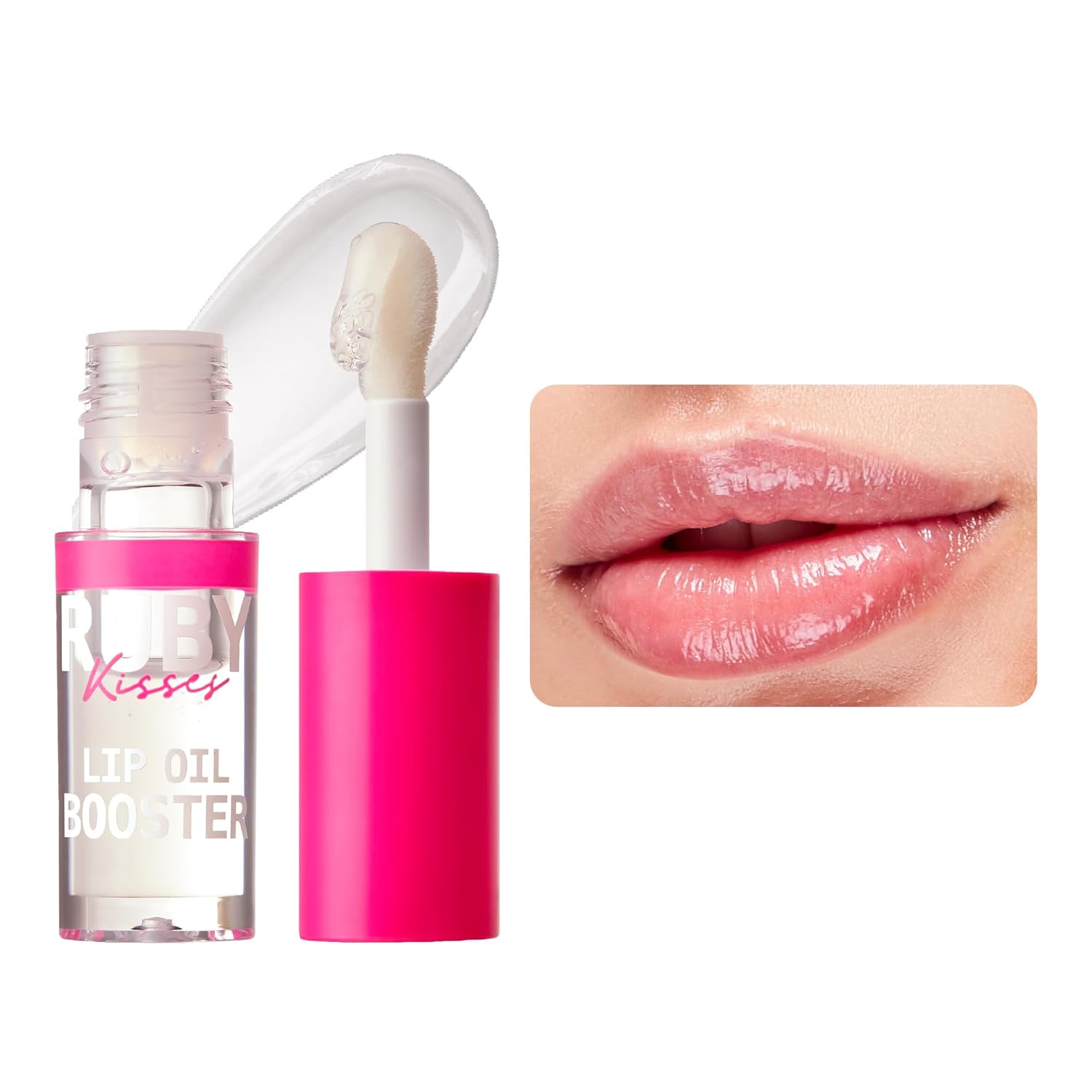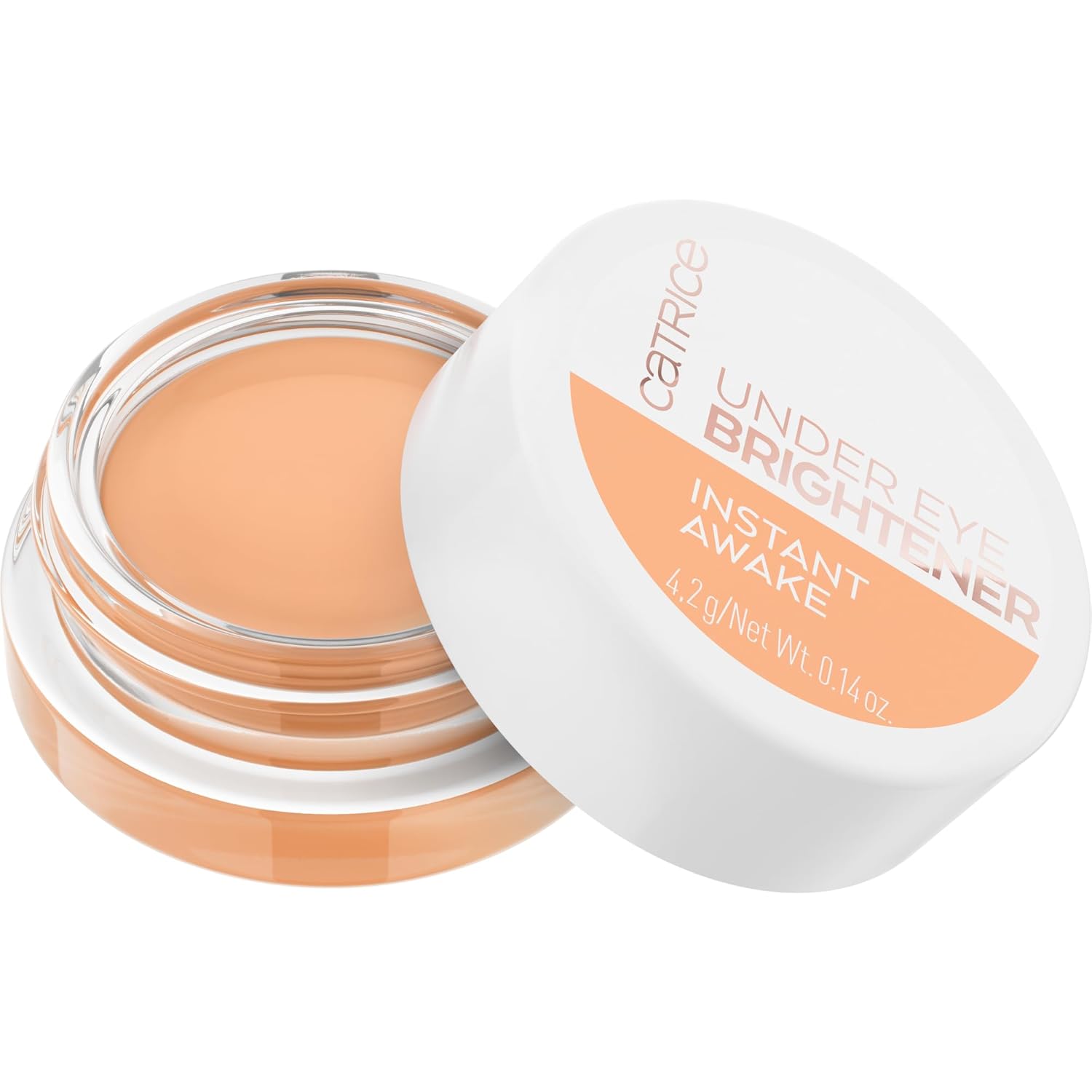

The healthy hair care journey can sometimes be a tedious task. At times we search high and low to find the perfect remedy to repair or prevent damage. Many times, the answer is in the information we can’t easily find in our YouTube binge watching sessions. However, for those of us that let our inner scientist reign supreme, we’ve learned that protein is a core necessity for healthy hair.
Protein treatments sometimes get misused, causing other issues–such as severe breakage. It’s time to answer the most frequently asked questions about protein treatments.
First of all, do you need a protein treatment? It depends on the protein-moisture balance of your hair. If you’re unsure, here are 3 telltale signs you need a protein treatment you can look out for. And if you’re still not sure if your hair needs protein, consult a haircare professional before having a protein treatment done.
1. Can I do a protein treatment at home or should I go to the salon?
In this day and age of using YouTube videos to teach us anything and everything, we’ve become DIY experts in life, especially with hair care. However, as much as we want to do things on our own to save money, we have come to the realization that there are some things we should leave to the professionals. Though protein treatments may seem easy peasy to do at home, if you are new to the protein treatment game it is highly recommended that they are performed at a salon.
High-end protein treatments contain natural combinations that harden the hair. They are considered to be safe to use under the supervision of hair professionals who know how to properly handle them when they are applied to the hair.
Natural hair has to dry a certain way and be handled delicately; many testimonials can be found with individuals that handled their hair too roughly with the treatment in which led them to experience more damage.
2. How often should you do a protein treatment?
This question tends to go under heavy scrutiny because many naturalistas have a different answer based on the condition of their unique head of hair. To eliminate all confusion, protein treatments–especially deep treatments–should be done every 4 to 6 weeks.
Protein treatments should be applied so sparingly for a couple of reasons, the first being that applying protein treatments too often can lead to protein overload causing breakage throughout the hair.
Secondly, according to professionals from ApHogee, using deep protein treatments more than once every 4 to 6 weeks may not provide any further benefit. Some hair care professionals may suggest getting a protein treatment every three months, about the same length of time in between regular trims.
3. What do you do after a protein treatment?







When dealing with protein and its application to hair, it is important to know about the rules that govern the protein-moisture balance of your hair. It is a highly interdependent relationship; the hair cannot be of great quality if one component is off-kilter.
How Protein-Moisture Balance Affects Breakage
Under the same conditions, hair that is deficit of protein results in breakage and hair that is deficit in moisture also leads to breakage. Additionally, hair that is overloaded with protein can result in breakage from stiffness; hair with too much moisture will break from lack of structural support.
When applying a deep protein treatment, you must be sure to apply a deep moisturizing product after. Brands like Aphogee come have a two-step protein treatment that has a deep rinse out moisturizer as the last step. Naturalistas who do not favor silicones of any kind may opt for a moisturizing deep conditioner to protect the hair from undesirable side effects of using them.







